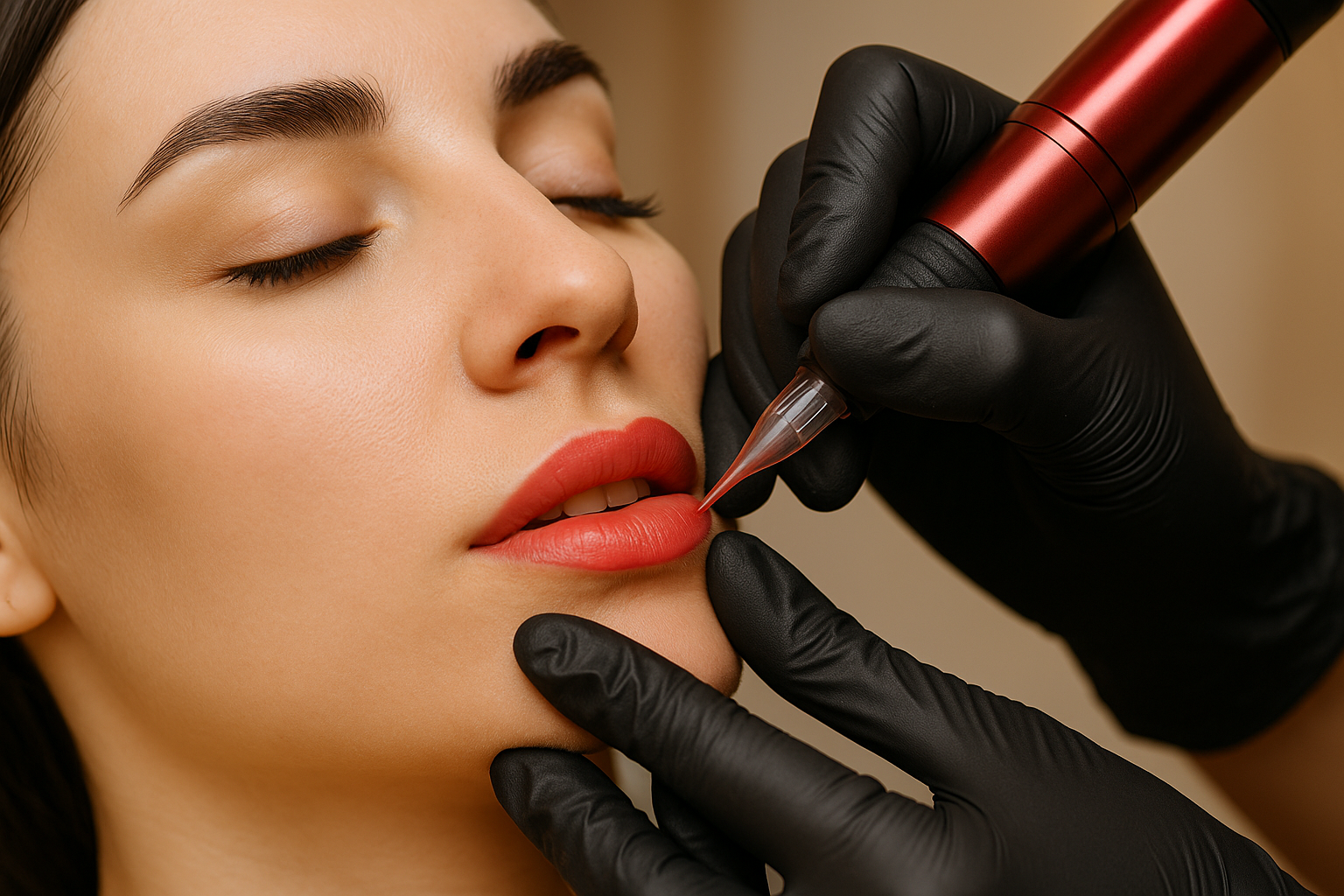What Is Permanent Makeup (PMU)?
Permanent makeup (PMU), also known as cosmetic tattooing or micropigmentation, is a non-invasive cosmetic procedure that enhances facial features using pigment deposited into the skin. Popular areas include eyebrows (microblading or powder brows), eyelids (eyeliner), and lips (lip blush). This semi-permanent solution saves time and effort while helping individuals maintain a polished look around the clock.
Unlike traditional tattoos, PMU uses specialized pigments and tools that fade gradually over time. Most results last 1–3 years, depending on skin type, lifestyle, and technique used.
Benefits of Permanent Makeup
Convenience and Time-Saving
PMU eliminates the daily application of makeup. For people with busy schedules or physical limitations (such as arthritis or vision impairment), this procedure can be life-changing.
Long-Lasting Results
Though not truly permanent, PMU offers long-term wear. Proper aftercare can extend its vibrancy, making it a smart investment for those seeking low-maintenance beauty solutions.
Confidence and Self-Esteem
Enhancing features like sparse brows or uneven lips can significantly boost self-esteem. PMU is also commonly used to reconstruct features lost due to alopecia, chemotherapy, or scarring, offering both cosmetic and emotional benefits.
Understanding the Techniques
Microblading vs. Powder Brows
Microblading creates hair-like strokes for a natural brow look, while powder brows offer a soft, shaded effect. Some artists offer a combination technique for customized results.
Lip Blush
This method enhances natural lip color and shape, correcting asymmetry and adding definition. It is ideal for those looking to skip daily lipstick while enjoying a fuller, youthful appearance.
Eyeliner Tattoo
PMU eyeliner gives definition to the eyes and can range from a subtle lash enhancement to a more dramatic look. It’s perfect for those with makeup allergies or who struggle with smudging.
What to Expect During and After the Procedure
Consultation and Patch Test
A professional PMU artist will assess your skin type, medical history, and aesthetic goals. Patch tests are essential to rule out allergic reactions.
The Procedure
PMU is typically done in a sterile environment under topical anesthesia. Each session lasts 1–3 hours, depending on the area and complexity.
Healing and Aftercare
Healing usually takes 7–14 days, with full results visible after 4–6 weeks. Avoid makeup, swimming, and direct sunlight during recovery. Most treatments require a touch-up session 6–8 weeks post-procedure.
Safety, Risks, and Regulations
While generally safe when performed by trained professionals, PMU does carry some risks—such as infection, allergic reaction, or undesired pigment changes. It’s crucial to choose a certified artist who follows strict hygiene standards and uses high-quality, tested pigments.
Always verify credentials and check for affiliations with reputable organizations such as the Society of Permanent Cosmetic Professionals (SPCP). For additional safety guidelines, refer to Harvard Health’s article on cosmetic tattooing.
Choosing the Right PMU Artist
Not all artists are created equal. Look for portfolios, certifications, and real client reviews. Ask questions during consultations about sterilization, pigment types, and their specific training in PMU techniques. A skilled artist will prioritize your safety and satisfaction over quick results.
Is Permanent Makeup Right for You?
PMU is ideal for individuals seeking a long-lasting, polished look or those with specific medical or aesthetic concerns. However, pregnant or nursing women, people with certain skin conditions, or those undergoing chemotherapy should consult with a healthcare provider first.
Final Thoughts
Permanent makeup (PMU) blends artistry with precision to offer practical beauty solutions. Whether you’re looking to save time, enhance your features, or regain confidence, PMU can be a valuable investment—when done safely and by a qualified professional.

